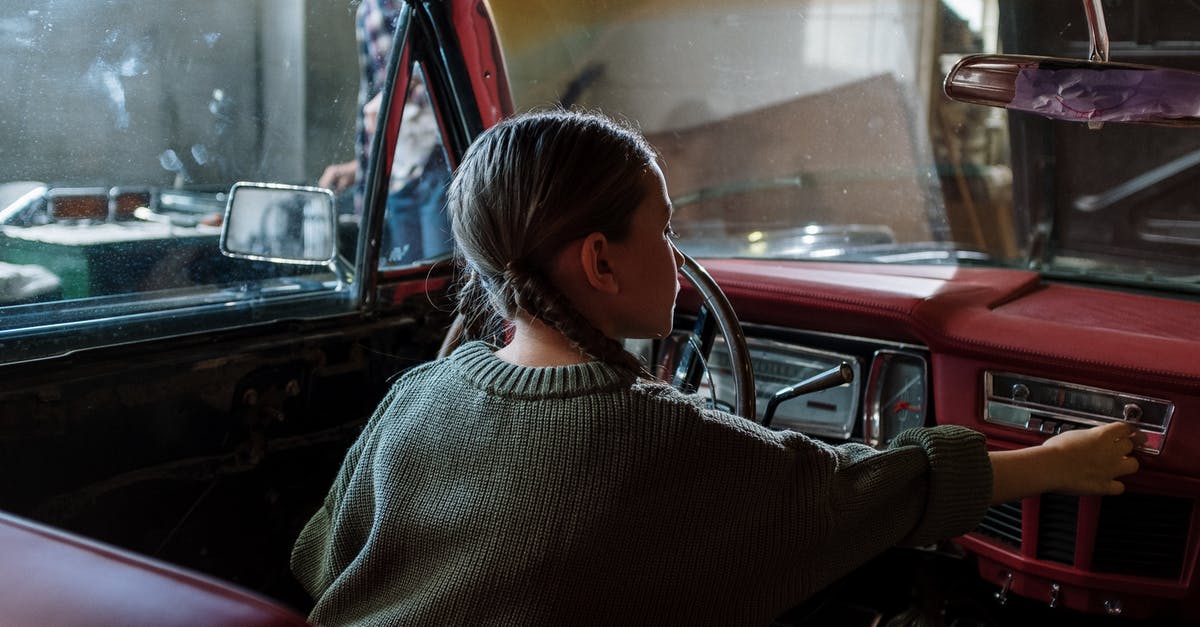International children car seat standards for multiple regions

I've been looking into car seats suitable for international travel.
In the EU modern car seats have to meet ECE R44/04 and for New Zealand/Australia AS/NZS 1754.2010
I emailed a few manufacturers directly to see if they could help so far the most informative response I've gotten is:
"I'm sorry to say that the standards between the EU an Australia are different enough that non of our Australia seats would comply to EU regulations"
I've seen people in various forums claiming that the anchor/harness is the root of some incompatibility, but that doesn't match what appears to be the official line, for example from "vicroads":
Does the booster seat have to be anchored?
If the booster seat comes with a tether strap it must be anchored to the child restraint anchorage point. There are also some booster seats that meet the Australian Standard (AS/NZS 1754) that do not come with a tether strap and therefore do not need to be anchored in the vehicle.
So my question is what's the difference between the regulations that makes this so hard? Is there a method to find a car seat that has the all important correct stickers for multiple regions?
Best Answer
The main incompatibility is indeed that Australia requires the use of a top tether strap, so all child seats sold in Australia are built with this in mind, and all cars sold in Australia after the mid-1990s will have the attachment hooks for the tether strap. Also, Australian child seats use the adult seatbelt to attach the bottom of the seat to the car. Note that the Vicroads link you point to is about tethers being optional for some models of booster seats, not child seats. These are meant for children 4+, and are not suitable for younger children.
EU standard child seats use the ISOFIX system, where the child seat is secured to the base of the seat instead; this replaces both the tether and the seatbelt. Cars in the EU may not have the attachment hooks to allow the use of an Aussie seat, and EU child seats will not have the seatbelt path needed to secure them into an Aussie car without ISOFIX.
In 2013, Australia started accepting the use of ISOFIX attachments, and newer cars in Australia as well may have ISOFIX built in. However, the rules state ISOFIX attachments can only be used in addition to the top tether, a rather literal "belt and suspenders" approach. You'd thus think there were some seats on the market that did this, but I'm not aware of any, and even if you did find one, you'd have some trouble ensuring that your rental car was compatible.
Pictures about "International children car seat standards for multiple regions"



Can I use a European car seat in the US 2021?
Unfortunately, regulations make doing this legally almost impossible. Parents often ask about this so lets make clear what apply. A US car seat, certified FMVSS, can not be used legally in Europe. Vice versa, a European car seat, certified ECE R44, can't be used legally in US.Can you use European car seats in Australia?
No. Child car seats bought overseas do not comply with Australian Standards and they are not compatible with Australian vehicles. Australian vehicles have a unique top-tether strap anchorage system, with which only Australian Standard approved child car seats are compatible.Can you use UK car seats in USA?
UK car seats are not suitable for use in the USA as they do not have the official approval from the federal government. This goes for all NON USA Car Seats.Can I use Australian car seat in Ireland?
No Australian car seats can be used legally in uk and Ireland (we will be renting cars), and our rear facing seat is too big / awkward / hard to install anyway.The Multiple Child Car Seat - what it is and how it works
Sources: Stack Exchange - This article follows the attribution requirements of Stack Exchange and is licensed under CC BY-SA 3.0.
Images: Ketut Subiyanto, cottonbro, cottonbro, cottonbro
